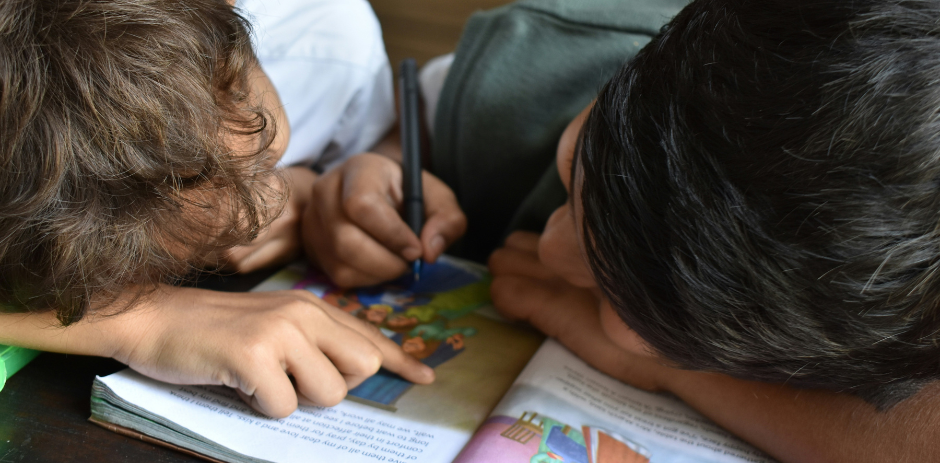By Lalitha Try, Economist at the Resolution Foundation
The combined impact of the benefit cap and two-child limit are set to push the majority of children in large families into poverty by the end of the decade.
Over the past decade, various approaches have been implemented to try and bring down the benefits bill – from freezing working-age benefits in cash terms to changing the design of Universal Credit and putting caps on how much support families can receive. New Resolution Foundation research has explored the last of these approaches – the benefit cap and two-child limit on support – and their impact on poverty and deprivation.
In 2013, the benefit cap came into effect, limiting the total amount of support that out-of-work families can claim. Four years later the two-child limit, which restricts welfare support to just two children for households both in and out of work, was introduced. The impact of both policies has grown significantly since they were first introduced.
The benefit cap initially only affected only 26,000 families. But successive cash freezes have lowered the real value of the cap by a considerable £14,000 (outside of London), and meant that the number of families that have hit the benefit cap has risen more than four-fold, to 108,000. Within a year of the two-child limit being introduced, 70,000 families were affected. That has now risen to 420,000 families, as more children have been born, and is projected to reach 750,000 families by the time the policy is fully rolled out.
Right now, these benefit-limiting policies affect 500,000 families, with 34,000 families being affected by both. Affected households are suffering substantial income losses – the two-child limit alone amounts to a loss of £3,200 per child. As a result, poverty rates in large families (those with three or more children) are rising.
Ten years ago, 34 per cent of children in large families were in relative poverty. In the latest data, that figure has risen to 43 per cent, and it is set to rise to 51 per cent by 2028-29. That means by the end of the decade the majority of children in large families will be living in poverty.
The policies have also driven a large gap between the lived experiences of small and large families. Three-in-four larger families were in material deprivation in 2021-22, compared to three-in-ten families with less than three children, while 16 per cent of larger families were in food insecurity, compared to only 7 per cent of smaller families.
At the same time as pushing more children into poverty, deprivation and food insecurity, the evidence suggests that these benefit capping policies have not delivered on their stated policy objectives. The two-child limit was introduced to ensure that families in receipt of benefits “face the same financial choices” as households in work – despite the fact that the majority of affected households (six in ten) are already in work. But the rate of births in affected families has only fallen marginally – largely due to the fact that most people don’t know about the policy when their third child is conceived.
When it comes to the benefit cap, the Government’s own review suggests that while it has encouraged more families into work they have still got poorer, and it has not encouraged families to move into lower-cost areas (in part due to the unavailability of affordable housing and the prohibitively high cost of moving).
Given the policies’ failure to improve employment outcomes, and the damage they have already done to the living standards of large families, both policies should be scrapped. Doing so wouldn’t be cheap – costing £3.6 billion a year by the time the two-child limit is fully rolled out. But the prize is huge – 490,000 children would be lifted out of poverty overnight.
Neither of the main parties has announced plans to abolish either policy. But no government can seriously claim to be committed to poverty reduction while these policies are in place. It is time these harmful policies were ended.
This article is featured in our 6 March newsletter. To get more articles like this delivered straight to your inbox, sign up to our mailing list.






